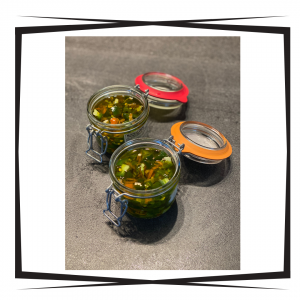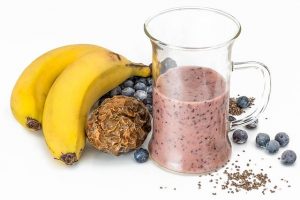Insulin is a hormone. It is made and secreted by the pancreas.
Functions of Insulin
The functions of insulin include:
- Regulation of fats, proteins and carbohydrate metabolism
- Helping cells to absorb glucose from the bloodstream
- Helping to regulate levels of glucose in the bloodstream. Insulin helps to remove the glucose from the blood and put it into fat and tissue cells where it can be stored for energy.
The production of insulin is stimulated by eating. When all is running tickety-boo, insulin rises when we consume food, does its job and then goes back to its resting levels. Our bodies always need some circulating insulin, even when we are not eating.
When food has not been consumed for a period of time, usually between 12-20 hours, this level of insulin is called the fasting insulin level.
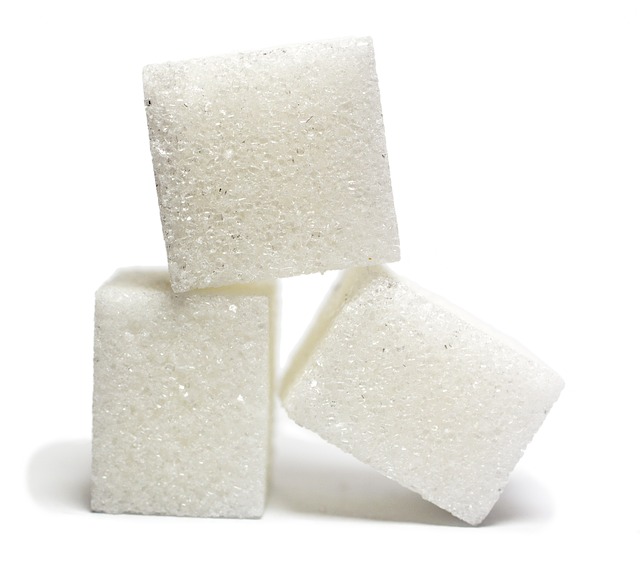 If our bodies stop responding well to insulin, in many cases due to poor diet and lifestyle choices, this can lead to a condition called insulin resistance. In the earlier stages of insulin resistance, the pancreas will notch up its production of insulin to keep glucose levels normal. So if your fasting glucose levels are tested within this paradigm, all may look well. However you may not be getting an accurate picture of what is truly going on. Because while your blood sugar level may be within normal range, it could be due to your body compensating for blood sugar issues by elevating your insulin levels.
If our bodies stop responding well to insulin, in many cases due to poor diet and lifestyle choices, this can lead to a condition called insulin resistance. In the earlier stages of insulin resistance, the pancreas will notch up its production of insulin to keep glucose levels normal. So if your fasting glucose levels are tested within this paradigm, all may look well. However you may not be getting an accurate picture of what is truly going on. Because while your blood sugar level may be within normal range, it could be due to your body compensating for blood sugar issues by elevating your insulin levels.
Insulin resistance in its early stages does not often present with symptoms. Symptoms begin to appear once insulin resistance leads to secondary effects such as higher blood sugar levels. When this happens, the symptoms may include:
- Lethargy
- Hunger
- Difficulty concentrating
- Weight gain around the middle (belly fat)
- High blood pressure
- High cholesterol levels
Many diseases are linked to elevated fasting insulin levels including:
- High blood pressure
- Obesity
- Type II diabetes
- Cancer
- Polycystic ovary syndrome
- Migraine headaches
- Increased risk of heart attack and stroke
A simple blood draw, testing for your fasting insulin level, could be a very important indicator of your health.
Ways to decrease insulin resistance
There are diet and lifestyle changes that can go a long way to decreasing insulin resistance:
- Avoid simple carbohydrates. Eat a balanced whole foods diet with a focus on plant-based eating
- Get regular exercise

- Get consistent good quality sleep
- Increase intake of daily fibre aiming for 30-40 grams per day
References
https://www.diabetes.co.uk/insulin-resistance.html
https://www.walkinlab.com/labcorp-insulin-fasting-blood-test.html
https://www.lifeextension.com/Magazine/2019/5/Overlooked-Danger-of-Excess-Insulin/Page-01

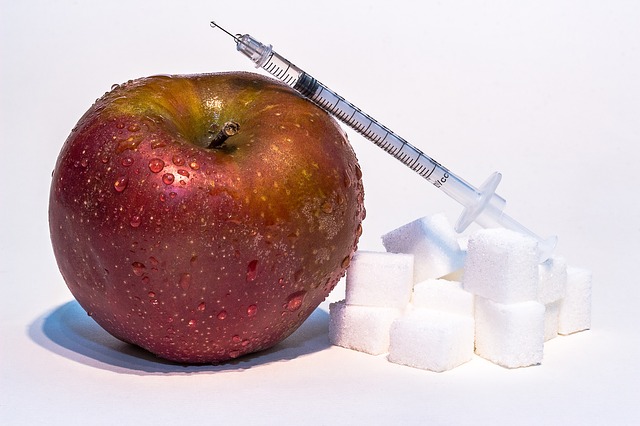

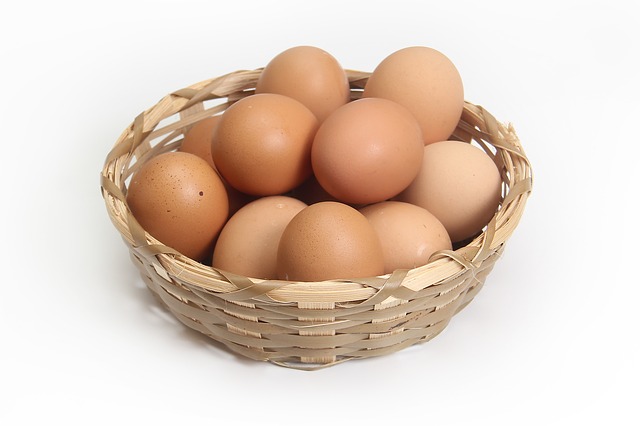

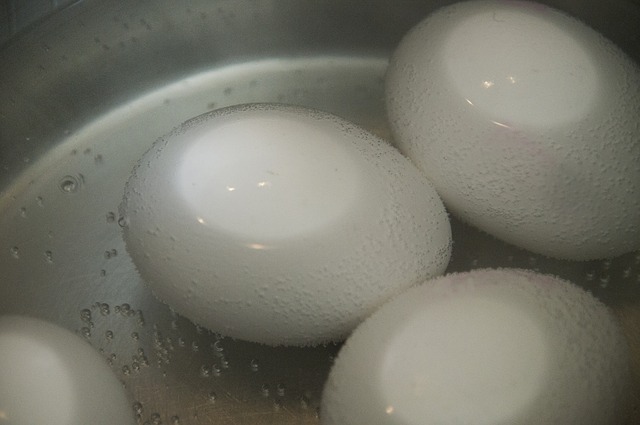
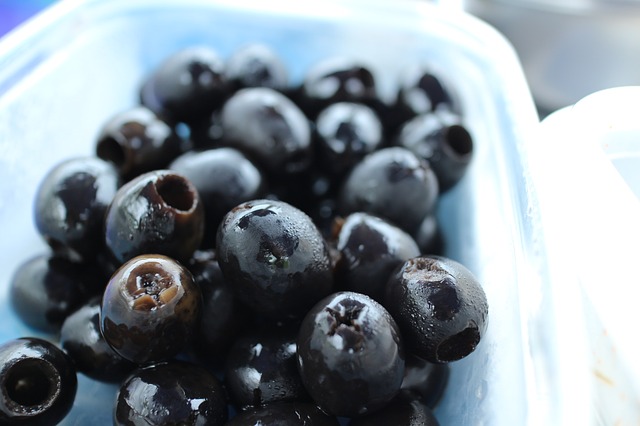
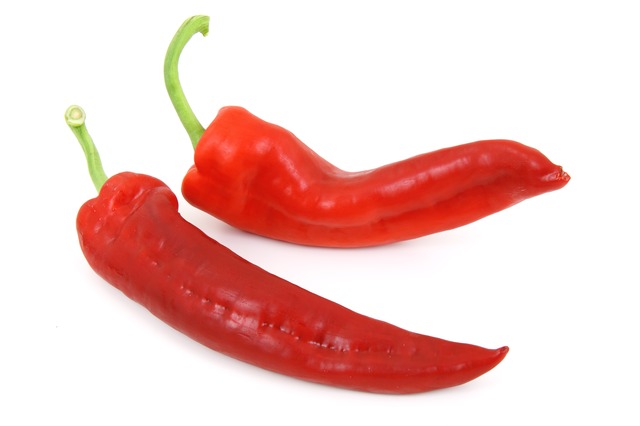
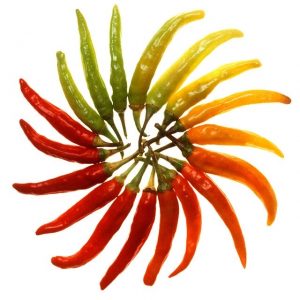
 This is interesting. There was a
This is interesting. There was a 